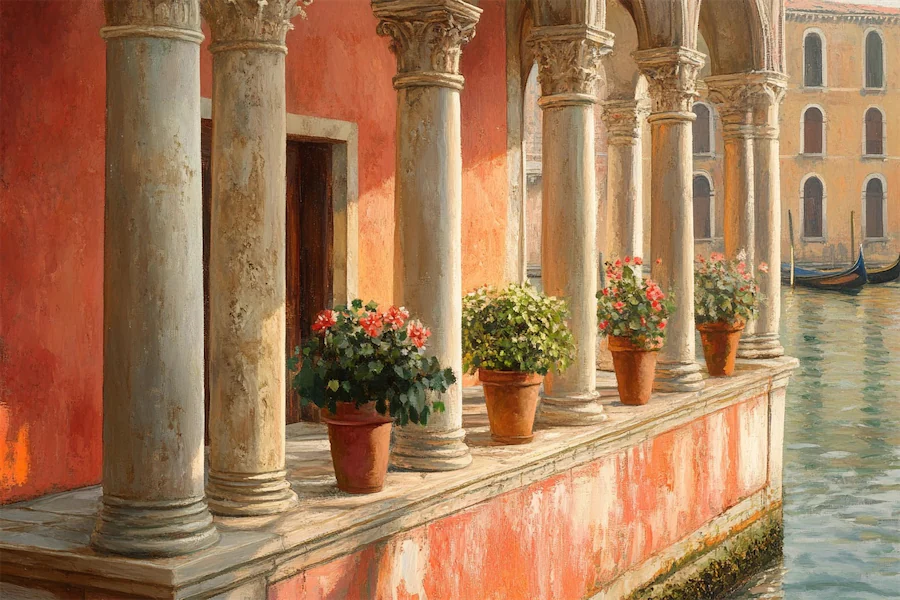Venetian columns are integral to the architectural identity of Venice, reflecting a confluence of styles influenced by the city’s rich history and its position as a cultural crossroads. These columns not only serve structural purposes but also contribute significantly to the aesthetic and symbolic aspects of Venetian buildings.
Introduction to Venetian Columns
In Venetian architecture, columns are prominent features in various structures, including palaces, churches, and public buildings. They often exhibit a blend of Byzantine, Gothic, and Renaissance elements, showcasing Venice’s unique adaptation of different architectural styles.
Historical Evolution of Venetian Columns
Byzantine Influence
Venice’s early architecture was heavily influenced by the Byzantine style, characterized by the use of columns with ornate capitals and the incorporation of intricate mosaics. The Basilica di San Marco is a prime example, featuring numerous columns adorned with detailed carvings and supporting arches that create a harmonious and grand interior space.
Gothic Influence
The Venetian Gothic style emerged as a distinctive architectural expression, combining Gothic elements with local traditions. Columns from this period often feature pointed arches and elaborate tracery, contributing to the airy and delicate appearance of structures like the Doge’s Palace. The use of slender columns supporting expansive loggias became a hallmark of this style.
Renaissance Influence
During the Renaissance, Venetian architecture incorporated classical orders and proportions, leading to the use of columns that emphasized symmetry and harmony. Architects like Andrea Palladio introduced columns with Corinthian capitals and entablatures, as seen in structures such as the Biblioteca Nazionale Marciana. These columns often supported pediments and added a sense of grandeur to the facades.
Key Features of Venetian Columns
- Materials: Venetian columns are typically crafted from materials like Istrian stone, marble, and sometimes brick, chosen for their durability and aesthetic qualities. The selection of materials also reflects the city’s trading connections and access to diverse resources.
- Design and Ornamentation: The design of Venetian columns varies from simple and robust to highly ornate, depending on the period and function of the building. Common decorative elements include intricate carvings, fluting, and the use of symbolic motifs such as the winged lion of St. Mark.
- Structural Role: Beyond their decorative appeal, columns in Venetian architecture often serve critical structural functions, supporting arches, balconies, and loggias, and contributing to the overall stability and elegance of the buildings.
Notable Examples of Venetian Columns
- Columns of San Marco and San Todaro: Located in Piazza San Marco, these two monumental granite columns are topped with statues of St. Mark’s lion and St. Theodore, symbolizing Venice’s patron saints. Erected in the 12th century, they have historically marked the city’s main entrance from the sea.
- Doge’s Palace (Palazzo Ducale): This iconic Gothic palace features a ground-level arcade with pointed arches supported by slender columns adorned with intricate capitals, exemplifying the Venetian Gothic style. The open loggia above is similarly supported by columns, creating a sense of lightness and elegance.
Conclusion
Venetian columns encapsulate the city’s architectural evolution, embodying a blend of styles that mirror Venice’s historical narrative and its interactions with various cultures. Their diverse designs and applications not only enhance the visual appeal of the city but also tell stories of its past, making them indispensable elements of Venice’s built environment.
